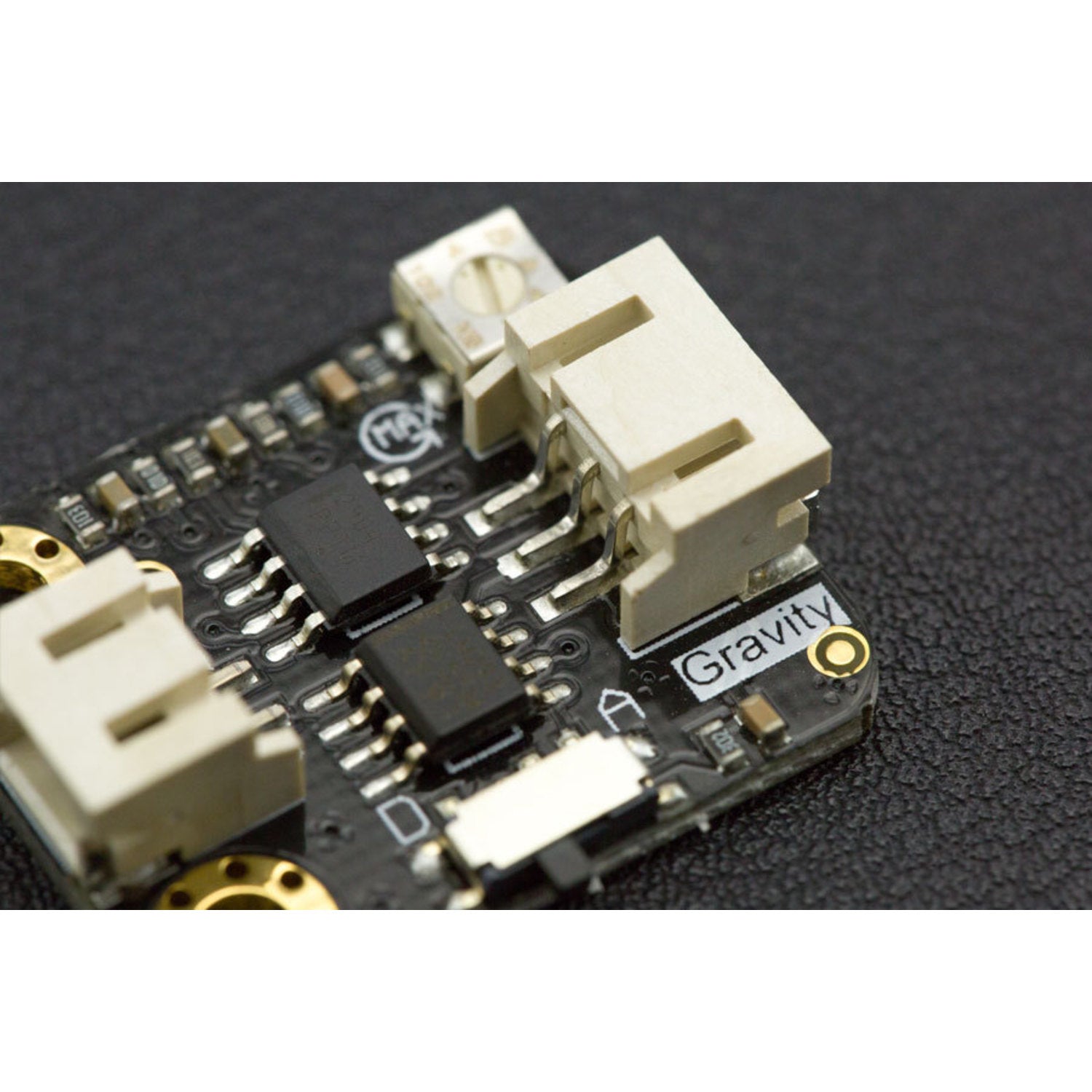This Arduino-compatible piezo film vibration sensor is a game-changer. It consists of a flexible piezo film and a converter board. With its unique design, it can detect vibration, flexibility, impact, and touch effectively. The flexible piezo film is a 28 µm thick piezoelectric PVDF polymer film with screen-printed Ag-ink electrodes, laminated to a 0.125 mm polyester substrate and equipped with two crimped contacts. When bent, it generates high voltages (about ±90V). It acts like a flexible'switch' upon direct contact, and the output can directly trigger MOSFET or CMOS stages. The module features a universal Gravity 3Pin interface for easy plug-and-play. It offers both Digital and Analog output signals, making it suitable for various applications. It can detect both strong shocks and slight vibrations. There's an on - board sensitivity adjustment potentiometer to tweak the output threshold. With a wide dynamic range of 0.001Hz~1000MHz, it ensures excellent measuring performance. Specifications include an operating voltage of 5V, a Gravity PH2.0 3Pin interface, an operating temperature range of 0 °C to 85 °C, a storage temperature range of -40 °C to 85 °C, dimensions of 27mm * 22mm, and a weight of 10 g. The shipping list includes one piezoelectric film, one sensor converter board, and one Gravity 3 - pin Digital Cable.




Using this sensor is easy. First, connect it to your Arduino or other compatible device using the Gravity 3Pin interface. It's a plug - and - play setup, so just insert the cable and you're good to start. You can use the on - board potentiometer to adjust the sensitivity according to your needs. If you're looking to detect strong shocks, set the threshold a bit higher. For detecting slight vibrations, lower the threshold. When using it, make sure the operating temperature is between 0 °C and 85 °C. Store it in a place where the temperature is between -40 °C and 85 °C. Avoid exposing it to extreme humidity or direct sunlight for long periods. For maintenance, keep it clean and free from dust. If there's dust on the film or the board, you can use a soft, dry cloth to gently wipe it. That's all you need to know to get the most out of your piezo film vibration sensor.